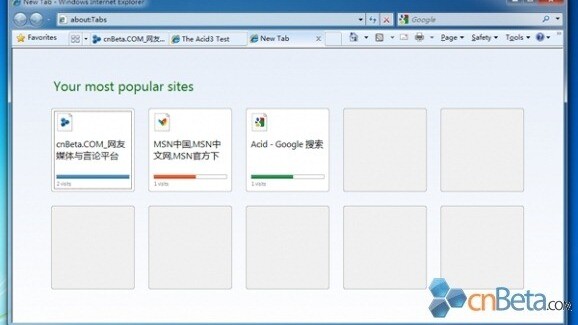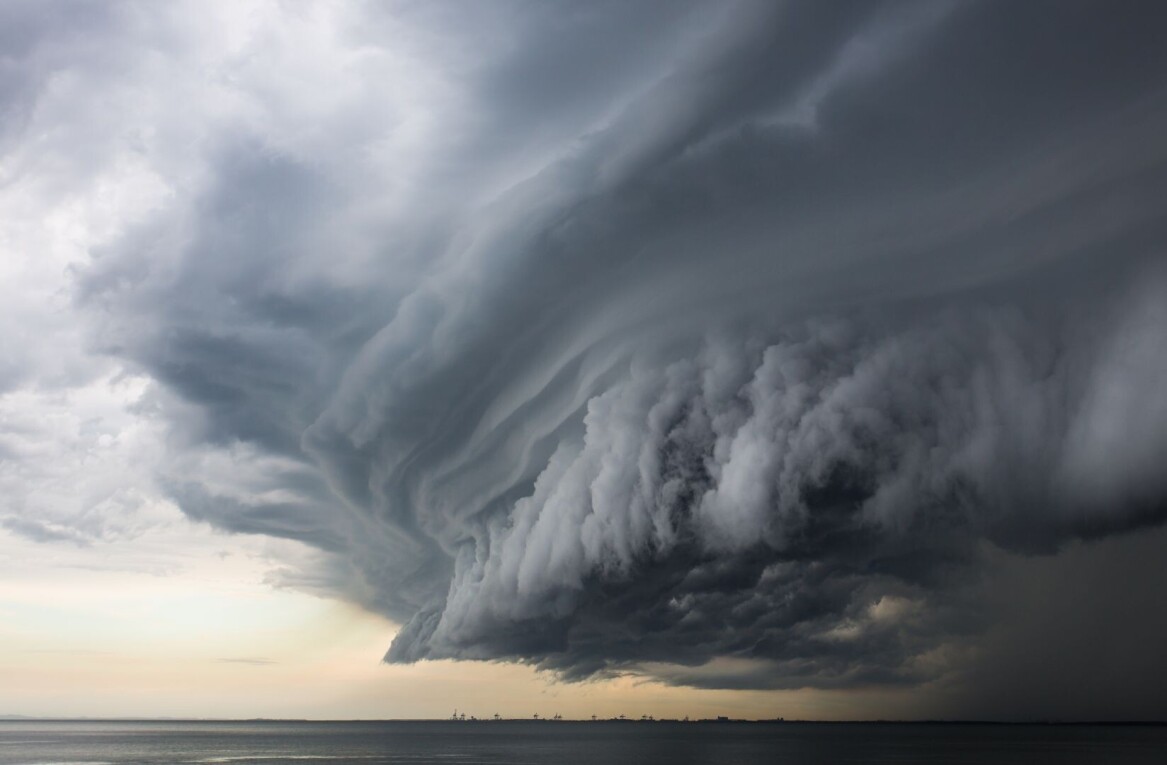
On one hand, Google’s Chrome Store, like Apple’s iOS App Store and Google’s Android Market benefits content distributors and publishers because it’s one more place to get their product out in front of customers, but it’s also one more place that publishers and developers have to stock.
For publishers, the Chrome Webstore is an opportunity to work within a browser that works well, really well. As more users adopt Chrome, it will be better platform choice for publishers and content distributors who worry about their content bleeding or not running in less popular browsers.
With the proliferation of Chrome, the decision for publishers to move into the Chrome experience will become easier. But going forward all publishers will be presented with the same issue: how to tailor their products for each platform.
Publishers who’ve already created apps for the Google Chrome Web Store include news sources such as the NYTimes, Salon.com, Onion News Network, NPR and USA Today. If you go into the NYTimes Chrome Webstore app, you’ll notice a similar experience to their iPad touch screen application. But that’s tricky, warns Jack Cheng, the Co-Founder and Creative Director of Disrupto, a New York City design and development studio. “Navigating with a mouse and navigating with your finger are two different things.”
“If you’re building an app for a web browser experience. How is that different from your website? You’re calling it an app but its functioning in the same container,” explains Cheng.
Publishers are still trying to figure out how people are going to use this thing. It’s paired with Google’s Chrome OS so they need a way to deliver apps on that OS. How will an app look any different from the design of publisher’s normal website? And how much overlap will there be between this and Google’s Android Marketplace?
For some publishers, Google’s Chrome Web Store will just be one more platform they’ll have to design for. For big established content distributors like Gilt.com, any opportunity to push the technical boundaries may be worth exploring. “The Gilt for Chrome App allows you to engage with our product outside of the confines of a website. The app experience goes beyond just a website destination,” says Gilt.
But for small publishers, it’s hard enough to produce content and maintain an editorial focus across all the different platforms. There are already opportunities within mobile marketplaces like Apple, Android, Blackberry; tablet marketplaces; Web TV marketplaces; and now we are welcoming the rise of browser web-stores.
But again, it all depends on adoption. Most of the time, publishers will produce the same feed with slight nuances across different apps and platforms, tailoring certain content for paid, subscription based services like iPad apps. “You can take a gamble and be one of the first ones in there like the NYTimes and NPR but when it comes to a new platform, smaller publishers, like us, will likely wait and see,” says Mark Mangan, the CEO of Flavorpill, a culture and media outlet.
It seems that at the starting bell, there isn’t a real advantage to being one of the first through the gate.
Get the TNW newsletter
Get the most important tech news in your inbox each week.





